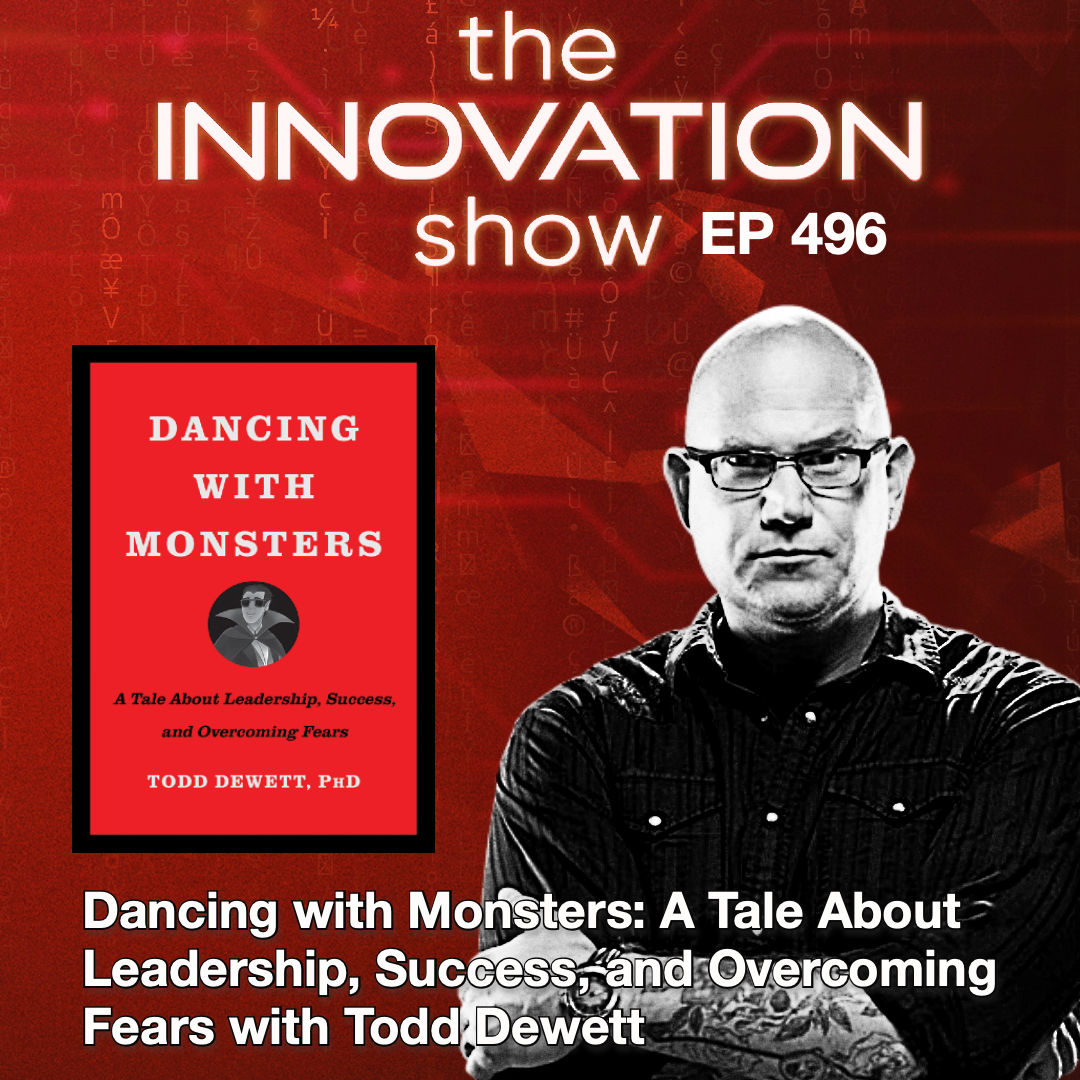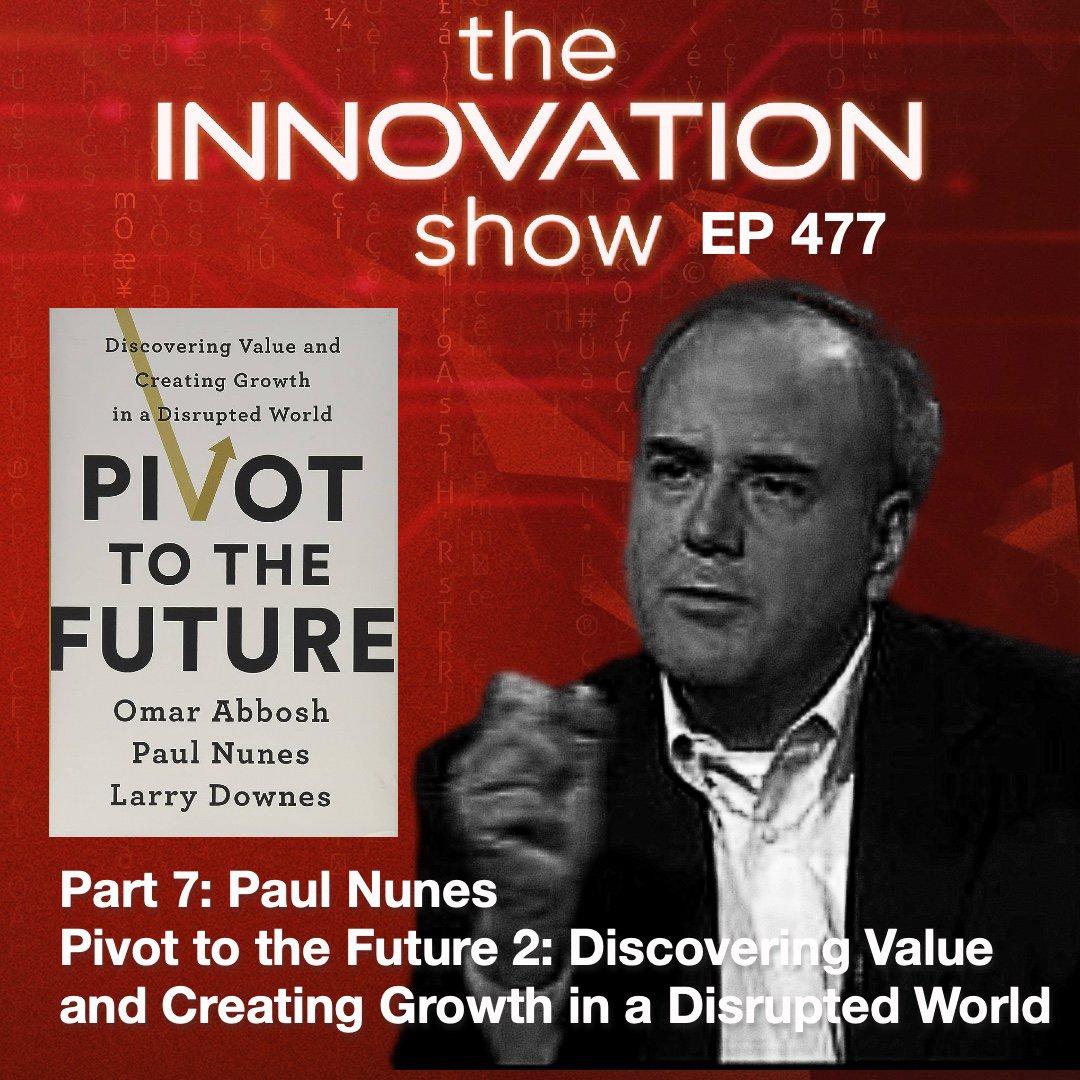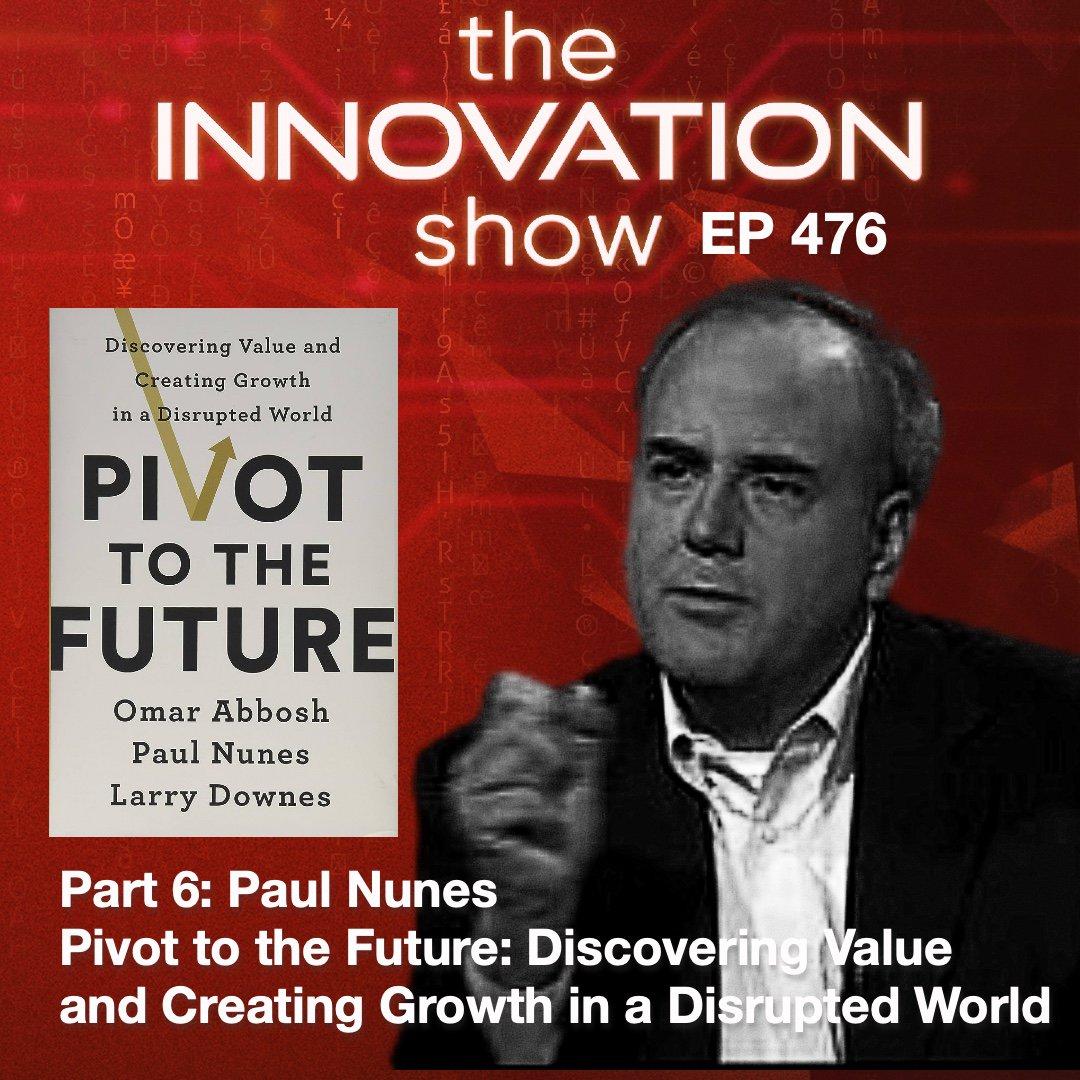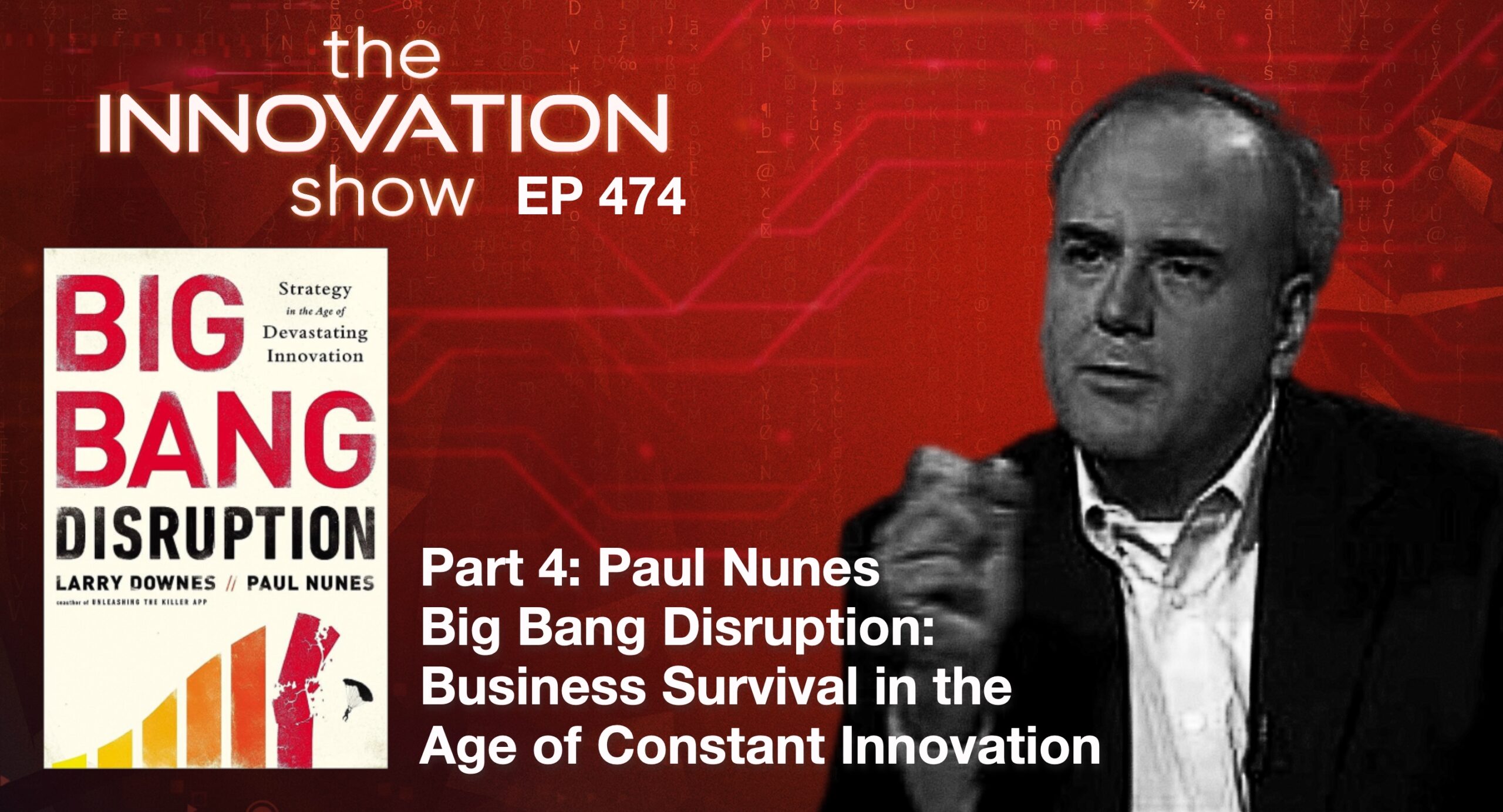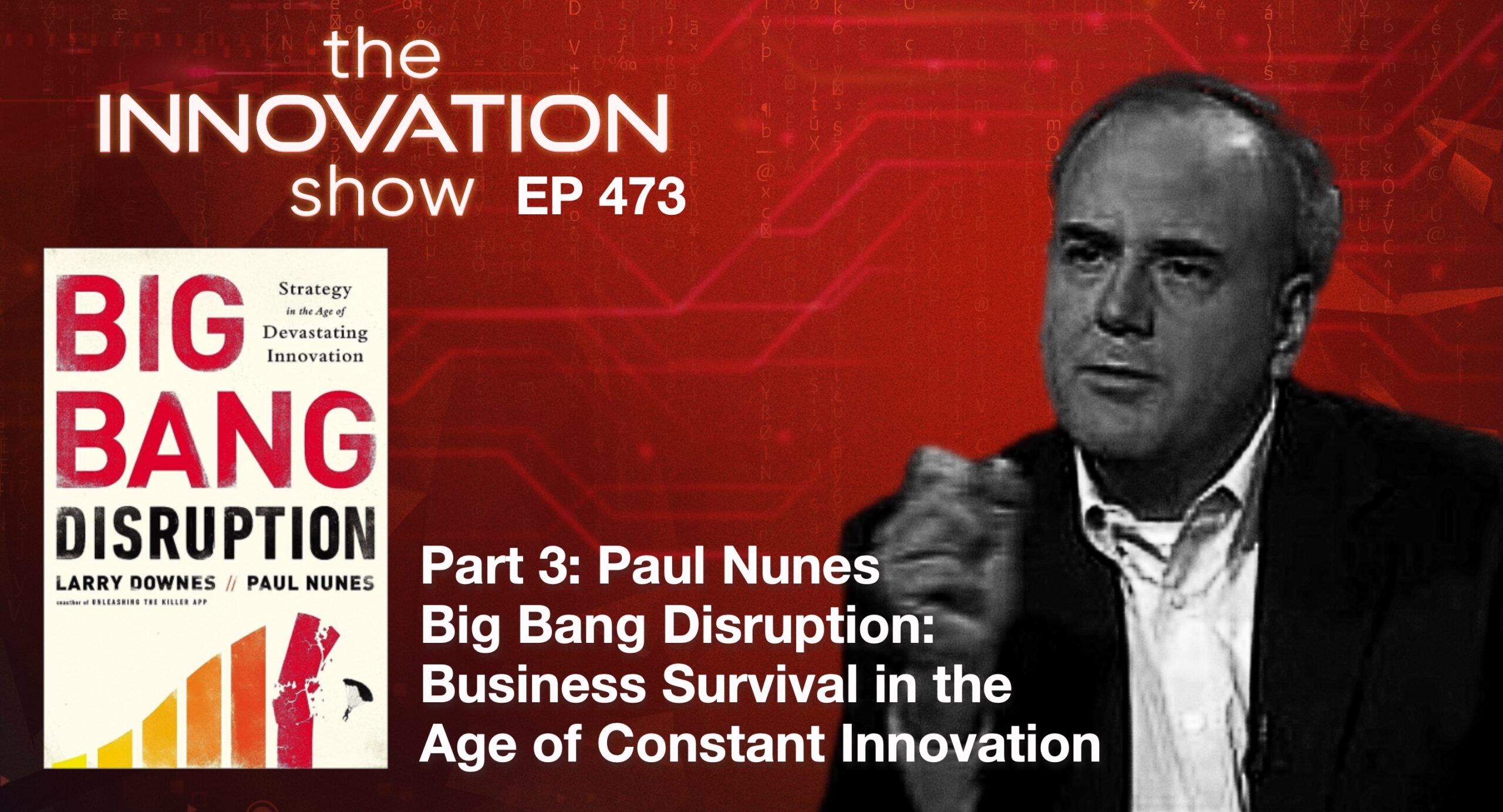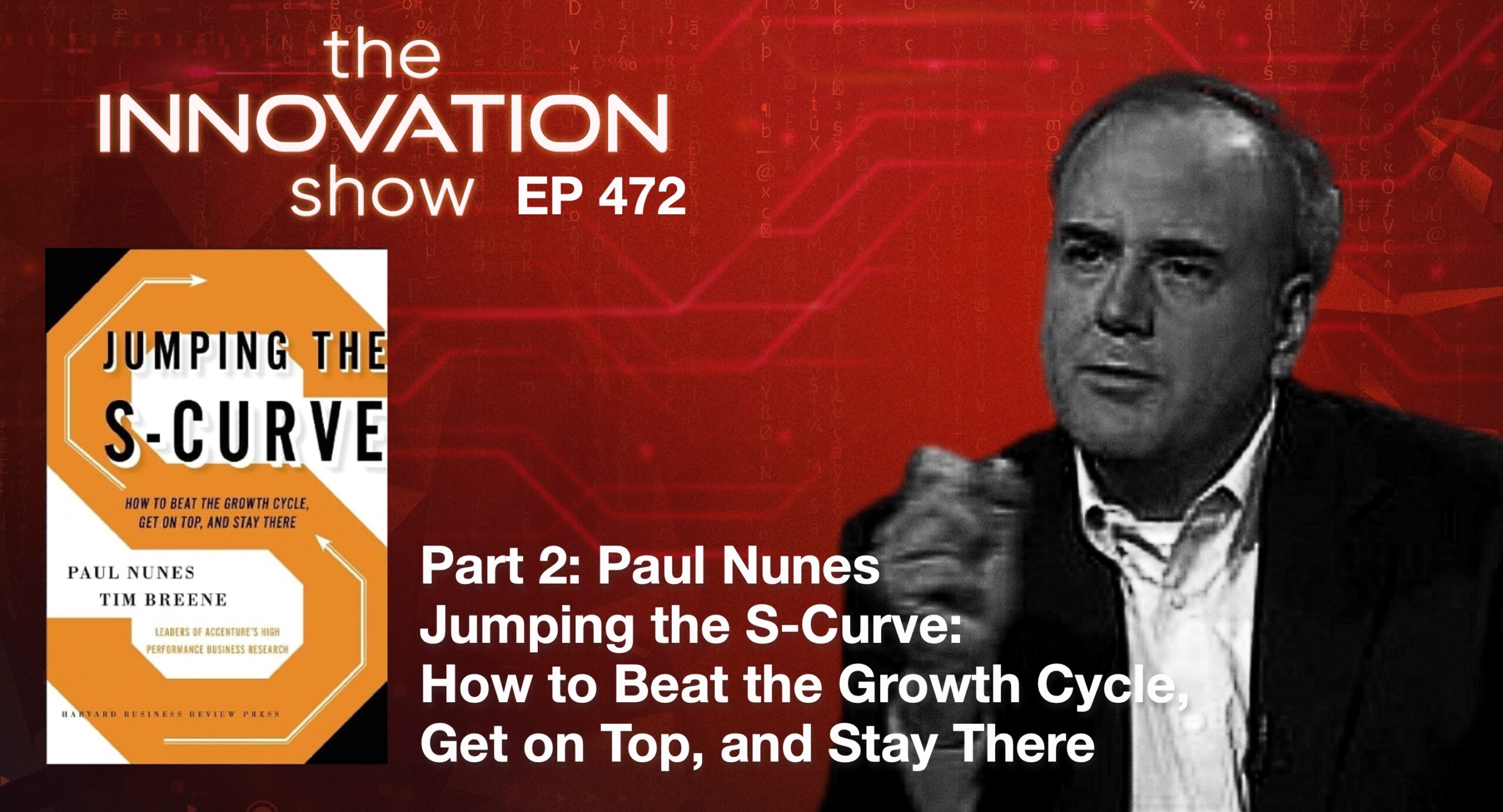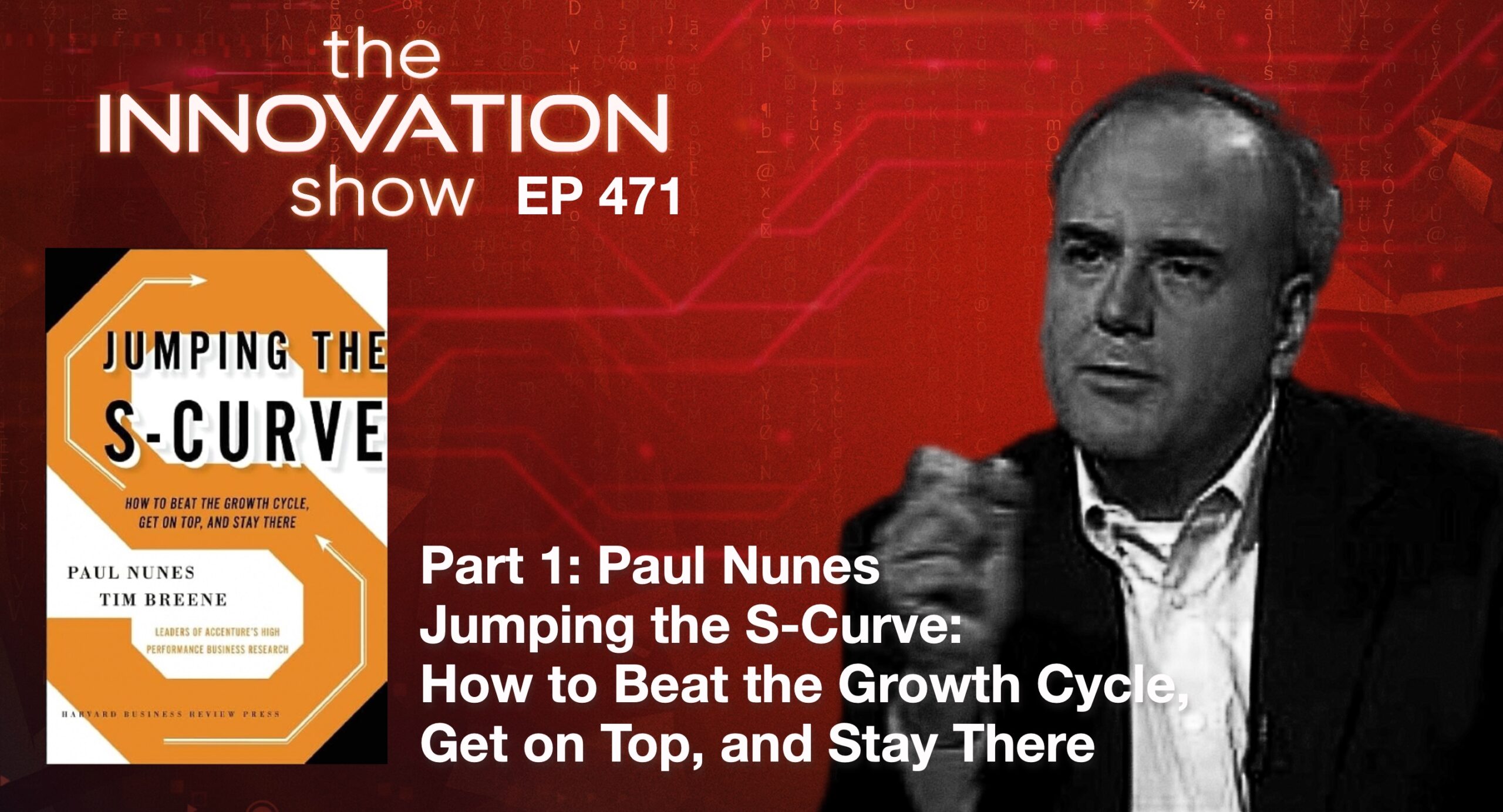Join us for “Dancing with Monsters,” an episode that explores the fears and monsters that inhabit our personal and professional lives with Todd Dewett, author of the insightful book with the same title. This podcast delves into the transformative journey of overcoming fears, embracing imperfections, and building the confidence needed for success.
In this episode, Todd unfolds the captivating tale of Joe, the protagonist on a mission to confront his fears.
Listeners will discover how wearing masks and hiding behind excuses can be exhausting, and how authenticity and vulnerability are essential for personal and professional growth. Todd shares lessons from Joe’s youth, highlighting the impact of failed leadership missions and the importance of sincerity over insincerity.
The podcast explores the concept of fear and addresses the questions: What do you fear, and why do you fear it? Todd shares practical advice for overcoming fears, including identifying false constraints, building a support team, choosing perspective, and asking for help.
Empathy emerges as a central theme, as Joe develops empathy for his team, and they reciprocate. The podcast culminates in discussing desirable behaviours, including open-mindedness, proactivity, and authenticity, which are intricately linked to creativity and innovation.
As Todd concludes, he shares insights on the concept of “fit” in your career—how well who you are meshes with what you do. This podcast is an engaging exploration of the beauty in imperfections and the capability within each of us to create amazing work.
Join Todd Dewett to embrace authenticity, kindness, vulnerability, humility, and the power of being the change in your own life.
Connect with Todd Dewett: www.drdewett.com
Episode Highlights:
- Unravelling the opening tale of Maria, Noah, and the toxic team, along with the intriguing character, Miles.
- Exploring Joe’s journey, drawing on communication lessons from his grandfather’s vampire training academy.
- Analyzing the impact of fear and failed leadership missions on personal and professional development.
- Discussing the importance of authenticity, vulnerability, and empathy in overcoming fears and achieving success.
- Addressing thought-provoking questions: What do you fear? Why do you fear?
- Sharing practical advice for overcoming fears, including identifying false constraints, building a support team, and choosing perspective.
- Reflecting on desirable behaviors for personal and professional growth.
- Delving into the concept of “fit” in your career—aligning your personality, skills, and interests with job demands.
Join the conversation and let’s go dancing with monsters!
